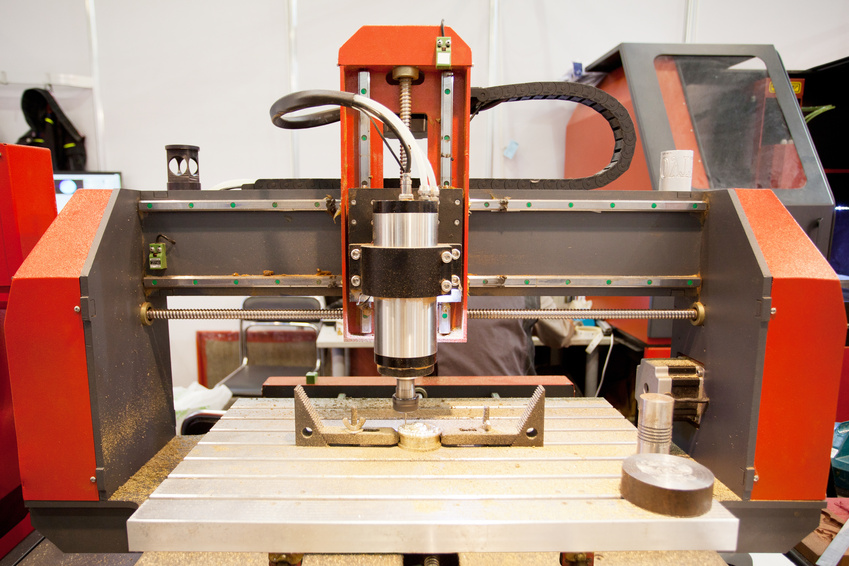
Boring a hole is something found in nature over and over again. Insects are known to bore many holes into trees, and many mammals, such as chipmunks and rabbits, bore burrows into the ground. Boring by humans is just an extension of their nature, and boring tools and boring inserts of today satisfy that need. An area of machining separate from turning, boring can create the necessary holes in workpieces, and increase the productivity and functionality of the workpiece.
Boring inserts of today are extremely accurate. Grades of boring inserts from carbide or ceramic have increased accuracy and surface quality, and increase the range of workplace hardiness. Additionally, boring inserts are now accurate to 0.002mm, which is greater than they have ever been.
Significantly, boring inserts of today can be used for backboring. Backboring is the process of reaching inside a hole, and then boring through the backside of the workpiece relative to the headstock. Drilling inside existing holes needs a high level of accuracy, which can be provided by boring heads of today.
Accuracy can be maintained inside a boring mill, where the tool is fixed to a structure. The workpiece can be bored from the top down in a verticle boring mill, or from its side in a horizontal boring mill. The type of boring mill used depends on preference and requirements of the workpiece.
The increase in accuracy of boring tools means that workpiece hardness can continually decline, and more workpieces can be penetrated. With further application, workpiece functionality should increase even further.
More info like this.